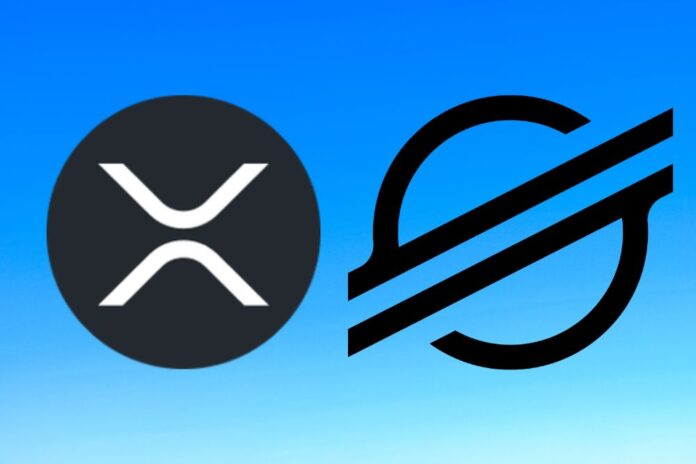A recent statement by crypto researcher SMQKE has highlighted a significant milestone for digital assets utilizing Byzantine Fault Tolerant (BFT) consensus mechanisms.
The Federal Reserve has officially recognized the efficiency, security, and scalability of BFT in a research paper discussing secure payment systems.
This acknowledgment reinforces the relevance of digital assets such as XRP, Stellar Lumens (XLM), and Hedera Hashgraph (HBAR), which utilize variations of BFT-based consensus mechanisms.
‼️ FEDERAL RESERVE OFFICIALLY EMBRACES BFT, CEMENTING XRP, XLM, AND HBAR’S ROLE IN SECURE PAYMENTS‼️
The Federal Reserve has officially acknowledged the efficiency and scalability of Byzantine Fault Tolerant (BFT) consensus models in a research paper discussing a secure payment… pic.twitter.com/2pJ0j2Nx8U
— SMQKE (@SMQKEDQG) February 21, 2025
Understanding Byzantine Fault Tolerance (BFT) and Its Importance
Byzantine Fault Tolerance (BFT) is a consensus mechanism that ensures a distributed network can function correctly even if some nodes act maliciously or fail to communicate properly.
BFT provides high security and reliability, making it an optimal choice for financial transactions that demand efficiency and resilience against attacks or failures.
The Federal Reserve’s recognition of BFT as a preferred model for secure payments is a major validation of its effectiveness over alternative consensus mechanisms like Proof of Work (PoW) and Proof of Stake (PoS).
Unlike PoW, which relies on high energy consumption and computational work, or PoS, which bases security on token ownership, BFT achieves consensus through mathematically verified fault tolerance, ensuring faster and more secure transactions.
XRP, XLM, and HBAR: Leading with BFT Consensus
The research underscores the importance of BFT-based digital assets in future payment infrastructures. XRP, XLM, and HBAR all employ variations of Byzantine Fault Tolerance:
XRP Ledger (XRPL) utilizes the Federated Consensus Model, a form of BFT that allows validators to agree on transactions without requiring mining or extensive computational power. This ensures high-speed, low-cost cross-border payments.
We are on twitter, follow us to connect with us :- @TimesTabloid1
— TimesTabloid (@TimesTabloid1) July 15, 2023
Stellar (XLM) operates on the Stellar Consensus Protocol (SCP), a Federated Byzantine Agreement (FBA) model that prioritizes security and efficiency in financial transactions.
Hedera Hashgraph (HBAR) employs the Hashgraph consensus algorithm, which combines gossip protocol with asynchronous Byzantine Fault Tolerance (aBFT), ensuring high scalability and low latency.
The images provided by SMQKE further illustrate the technical distinctions between blockchain-based and Hashgraph-based consensus models. In particular, the Hedera Hashgraph diagram emphasizes how aBFT produces the highest level of security for distributed networks while maintaining efficiency.
Implications for the Future of Digital Payments
One of the most critical takeaways from the Federal Reserve’s research is the implication for the future adoption of these assets in global financial systems.
XRP, XLM, and HBAR are not only highly scalable and secure, but they also adhere to the ISO 20022 standard, which is a global messaging format for financial transactions. This compliance positions these assets as ideal candidates for integration into banking and payment networks.
Given that the Federal Reserve has identified BFT as the most robust model for securing distributed payments, the potential use of XRP, XLM, and HBAR in institutional and central bank digital currency (CBDC) frameworks becomes increasingly likely.
As regulatory clarity improves and financial institutions seek efficient, secure, and interoperable payment solutions, these digital assets could see further institutional adoption.
Disclaimer: This content is meant to inform and should not be considered financial advice. The views expressed in this article may include the author’s personal opinions and do not represent Times Tabloid’s opinion. Readers are urged to do in-depth research before making any investment decisions. Any action taken by the reader is strictly at their own risk. Times Tabloid is not responsible for any financial losses.
Follow us on X, Facebook, Telegram, and Google News


